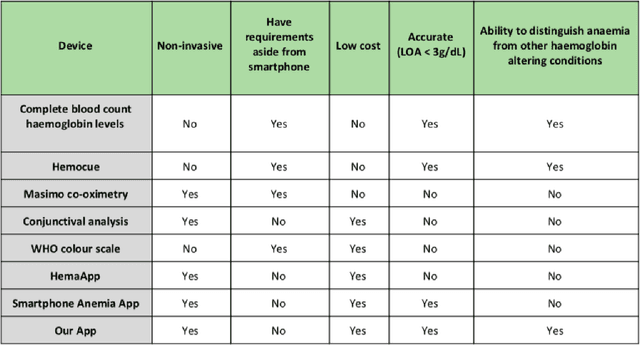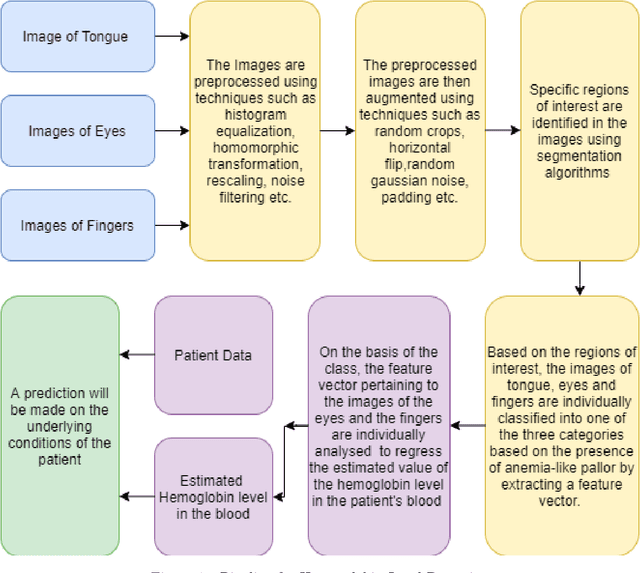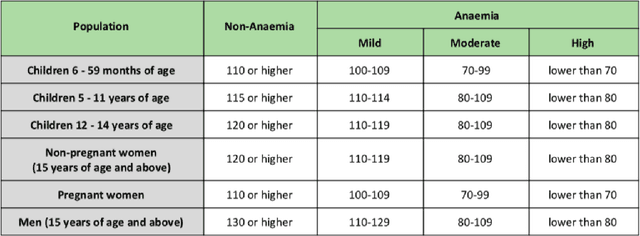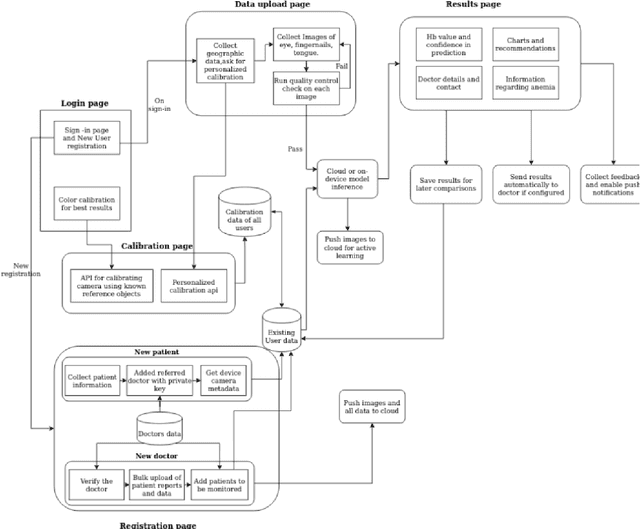Sarah
Synthesizing Light Field Video from Monocular Video
Jul 21, 2022



Abstract:The hardware challenges associated with light-field(LF) imaging has made it difficult for consumers to access its benefits like applications in post-capture focus and aperture control. Learning-based techniques which solve the ill-posed problem of LF reconstruction from sparse (1, 2 or 4) views have significantly reduced the requirement for complex hardware. LF video reconstruction from sparse views poses a special challenge as acquiring ground-truth for training these models is hard. Hence, we propose a self-supervised learning-based algorithm for LF video reconstruction from monocular videos. We use self-supervised geometric, photometric and temporal consistency constraints inspired from a recent self-supervised technique for LF video reconstruction from stereo video. Additionally, we propose three key techniques that are relevant to our monocular video input. We propose an explicit disocclusion handling technique that encourages the network to inpaint disoccluded regions in a LF frame, using information from adjacent input temporal frames. This is crucial for a self-supervised technique as a single input frame does not contain any information about the disoccluded regions. We also propose an adaptive low-rank representation that provides a significant boost in performance by tailoring the representation to each input scene. Finally, we also propose a novel refinement block that is able to exploit the available LF image data using supervised learning to further refine the reconstruction quality. Our qualitative and quantitative analysis demonstrates the significance of each of the proposed building blocks and also the superior results compared to previous state-of-the-art monocular LF reconstruction techniques. We further validate our algorithm by reconstructing LF videos from monocular videos acquired using a commercial GoPro camera.
A smartphone based multi input workflow for non-invasive estimation of haemoglobin levels using machine learning techniques
Nov 29, 2020



Abstract:We suggest a low cost, non invasive healthcare system that measures haemoglobin levels in patients and can be used as a preliminary diagnostic test for anaemia. A combination of image processing, machine learning and deep learning techniques are employed to develop predictive models to measure haemoglobin levels. This is achieved through the color analysis of the fingernail beds, palpebral conjunctiva and tongue of the patients. This predictive model is then encapsulated in a healthcare application. This application expedites data collection and facilitates active learning of the model. It also incorporates personalized calibration of the model for each patient, assisting in the continual monitoring of the haemoglobin levels of the patient. Upon validating this framework using data, it can serve as a highly accurate preliminary diagnostic test for anaemia.
 Add to Chrome
Add to Chrome Add to Firefox
Add to Firefox Add to Edge
Add to Edge